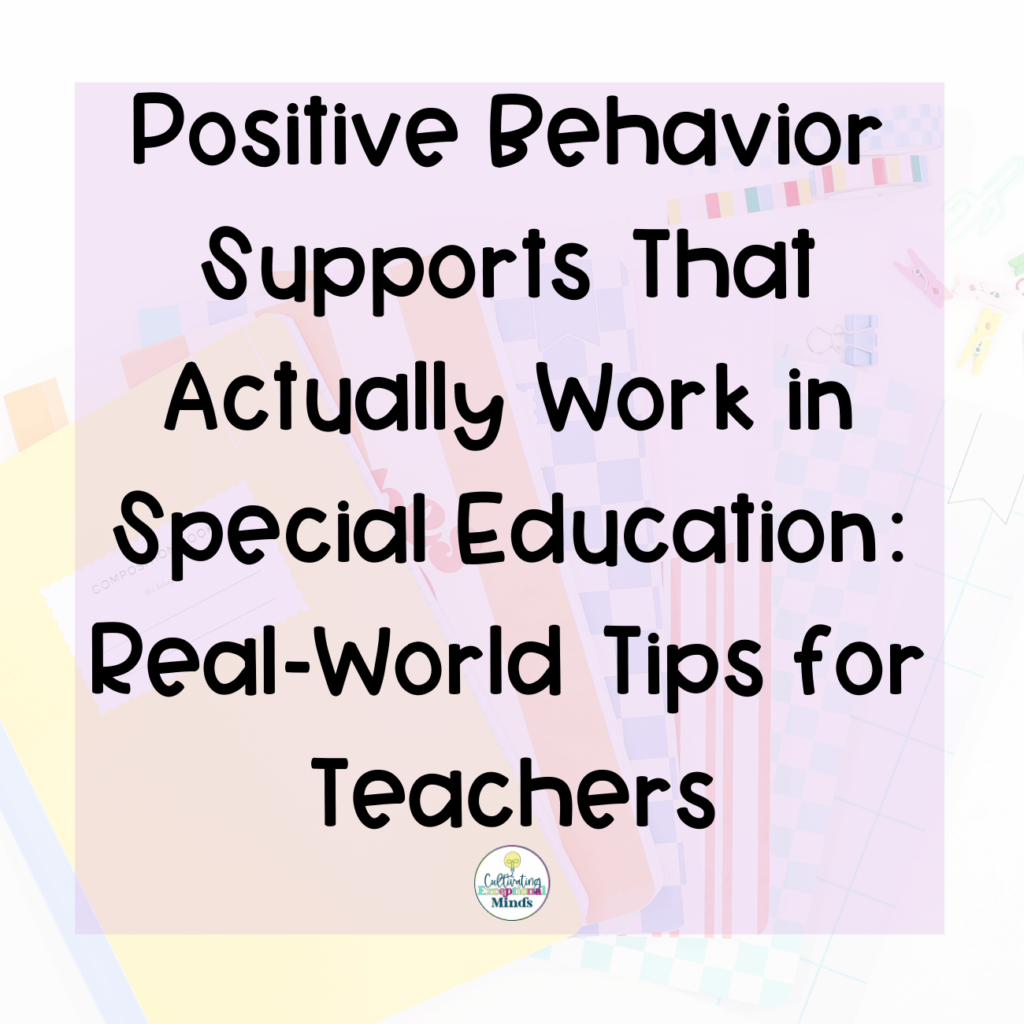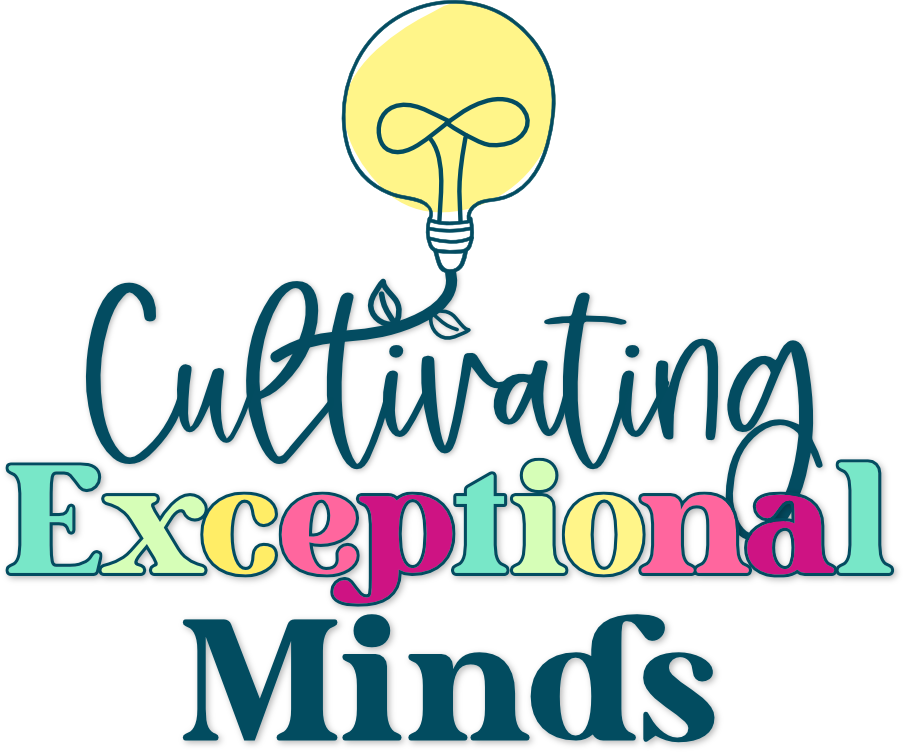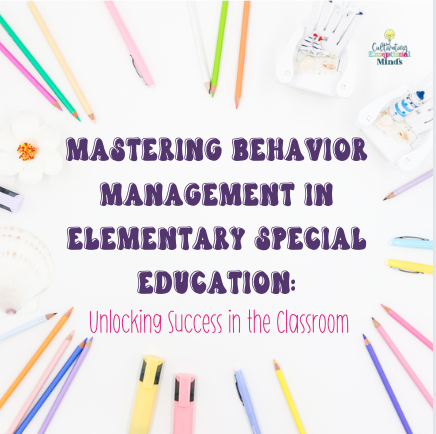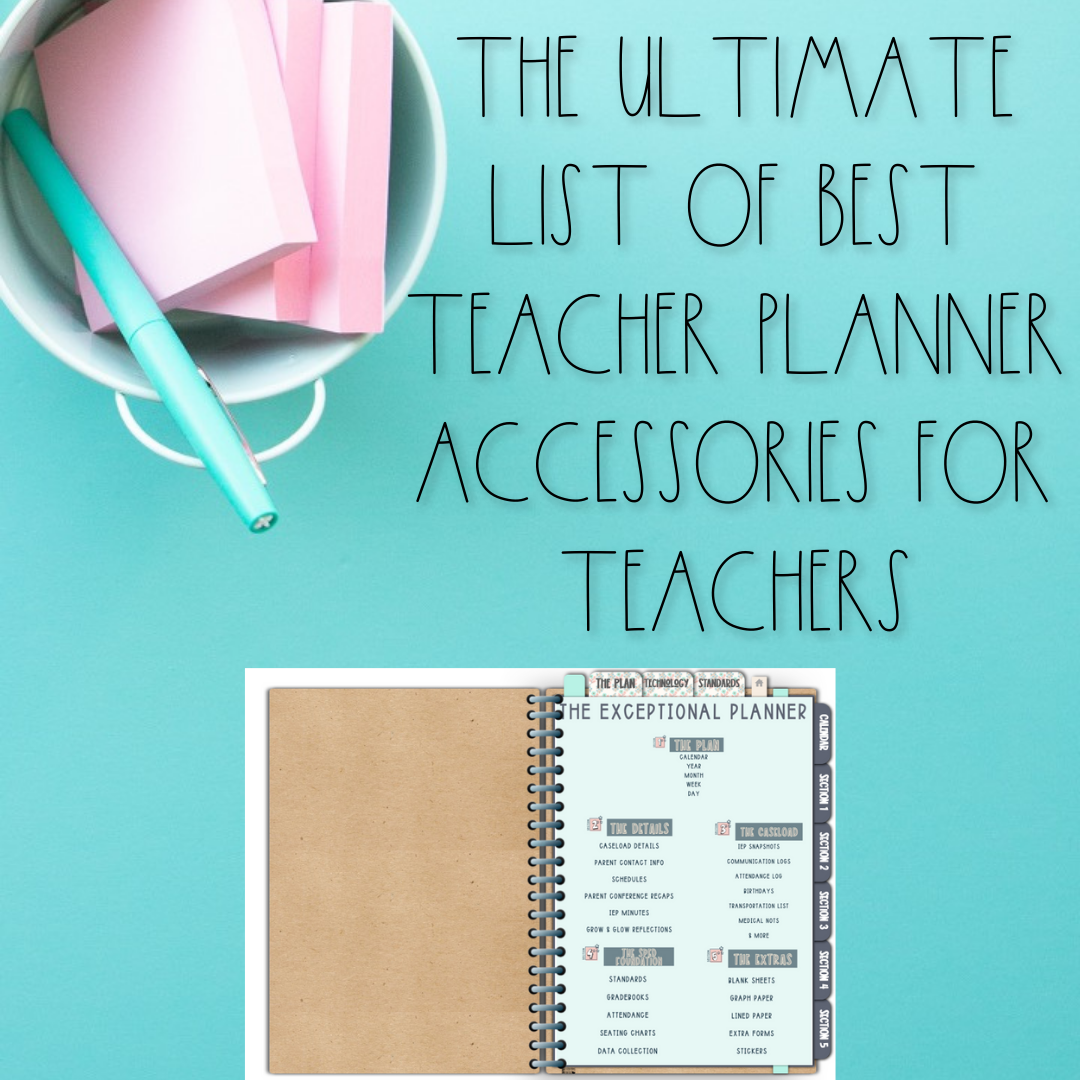Positive behavior supports in special education classrooms That Actually Work: Real-World Tips for Teachers
Teaching special education students comes with its unique set of challenges. One of the biggest hurdles is managing student behavior is implementing positive behavior supports in special education classrooms that Actually Work . As special education teachers, we know the importance of fostering a positive classroom environment. A big part of that is implementing positive behavior supports that actually work. But with so many strategies out there, how do we know which ones are truly effective?
In today’s post, we’ll break down the top positive behavior supports that can help you create a classroom environment where your students feel safe, supported, and successful.
If you’re looking for more behavior management tips that are tailored specifically for busy special education teachers like yourself, be sure to check out our blog post on Special Education Behavior Tips for Busy Special Educators.
Let’s dive into the practical, real-world positive behavior supports that will make a big difference in your classroom.

1. Token Economies: A Tried-and-True Positive Behavior Support
Firstly, one of the most effective positive behavior supports you can implement in your classroom is the use of a token economy. This system is incredibly effective in reinforcing desired behaviors. Students earn tokens
(which can be anything from stickers, points, or even small tangible items)
for displaying positive behavior, and once they accumulate a certain number, they can exchange those tokens for a reward.
The beauty of a token economy is its versatility. You can personalize the rewards based on what motivates your students
—whether it’s extra free time,
a special treat,
or the opportunity to participate in a preferred activity.
The key here is consistency. Be sure to clearly define the behaviors that will earn tokens and reinforce the behaviors consistently to ensure your students understand the expectations.
For more on this method, check out our blog post on Building a Positive Classroom Environment with Token Economies.
2. Visual Supports for Structure and Predictability
Additionally, students with special needs often benefit from visual supports that provide structure and predictability. Visual schedules, charts, and behavior charts help students understand expectations and the structure of their day. There are students who struggle with transitions or who become anxious in new situations. These visual cues are critical in reducing stress and increasing engagement.
Visual Supports include:
- Visual Schedules: Use pictures, symbols, or words to represent daily activities. Visual schedules can help students know what to expect next and reduce anxiety during transitions.
- Behavior Charts: A chart that tracks progress on specific goals
- such as following instructions, staying on task, or using polite language, can motivate students by showing them their progress in real-time.
- Calm-Down Cues:
- Use visual cues to help students understand when they need to take a break or how to manage frustration.
Be sure to check out the blog post on Using Visual Supports to Manage Behavior. It is full of more strategies on using visual supports in your classroom.
3. Clear Routines and Expectations: Consistency is Key
Then, setting clear routines and expectations is an often-overlooked but essential strategy in positive behavior support. Students, especially those with autism or other developmental disabilities, thrive in environments where expectations are clear and consistent. When students know what’s coming next, they can better prepare themselves, which leads to fewer outbursts and more positive behaviors.
Here are a few tips for establishing clear routines and expectations:
- Daily Schedule: Post a visual schedule for students so they can anticipate transitions and activities.
- Behavioral Expectations: Use visual charts and verbal cues to remind students of your expectations, such as using polite words, raising their hand to speak, or completing tasks on time.
- Consistent Routines: Stick to a routine as much as possible.
- For example, have the same morning routine every day and let students know what will happen during different parts of the day.
4. Reinforcement of Positive Behavior
Next, positive reinforcement is one of the simplest and most powerful strategies to encourage good behavior. Reinforcing positive behaviors can be done through verbal praise, small rewards, or increased privileges. When students receive positive feedback for doing something right, it motivates them to repeat those behaviors.
For example, when a student completes a task independently,
offer verbal praise,
such as, “I’m so proud of how you worked through that! You really stayed focused.”
In some cases, rewards like extra playtime or a preferred activity may be effective. Be consistent in providing reinforcement to solidify the desired behavior.
5. Building Relationships: The Foundation of Behavior Management
Finally, one of the most overlooked factors in managing behavior is the power of relationship-building. Students who feel a connection with their teachers are more likely to engage positively and comply with expectations. Building relationships involves getting to know your students as individuals and showing empathy and understanding of their unique needs.
Here are a few ways to build strong relationships with your students:
- One-on-One Check-ins: Take a few minutes each day to check in with each student, ask how their day is going, and offer support.
- Celebrate Small Wins: Recognize students’ achievements, no matter how small. This will help build their confidence and make them feel valued.
- Show Interest in Their Lives: Take time to learn about their interests, hobbies, and what they enjoy outside of school. This helps build trust and a deeper connection.
To Wrap Up:
In addition, creating a positive classroom environment that encourages positive behavior doesn’t have to be overwhelming.
With a combination of
token economies,
visual supports,
clear routines,
positive reinforcement,
and strong relationships, you can set your students up for success. And when students succeed, they feel more motivated, engaged, and confident in their abilities.
Moreover, if you’re looking for more tips on managing behavior and building positive classroom environments
be sure to check out my other resources. And don’t forget to grab your free behavior management tools and templates for more help!
Free Behavior Management Training:
Get your free Behavior Management Training now! This resource will help you set up effective behavior management systems in your classroom. This will ensure that you have everything you need to support your students’ social and emotional growth. \
Need more Strategies?
Need more strategies and resources for effective behavior management? Join The Exceptional Collective for access to monthly training, templates, and resources. This will help you build a more positive, productive, and engaged classroom. Don’t miss out—sign up today!
For more Blog
How visual supports can improve behavior management in special education
In the world of special education, How visual supports can improve behavior management in special education classrooms can be one…
How to Use Behavior Data to Drive Interventions in Special
As special education teachers, we understand that managing student behavior is one of the most challenging and rewarding parts of…
SEL activities for emotional awareness in special education classrooms
As special education teachers, we know how crucial it is to teach our students not only academic skills but SEL…
Positive behavior supports in special education classrooms:
Positive behavior supports in special education classrooms That Actually Work: Real-World Tips for Teachers Teaching special education students comes with its…
Special Education Behaviors – Tips for Busy Special Educators
As special educators, we recognize the importance of meeting the diverse needs of our students and creating an inclusive learning…
Mastering Behavior Management in Early Elementary Special Education: Unlocking Success
Unlocking success in the classroom starts with effective behavior management. As a special education teacher, you understand the importance of…
Learn effective positive behavior supports for special education classrooms. Discover practical strategies like token economies, visual supports, and relationship-building to improve student engagement and behavior. Start creating a positive, productive classroom today!















